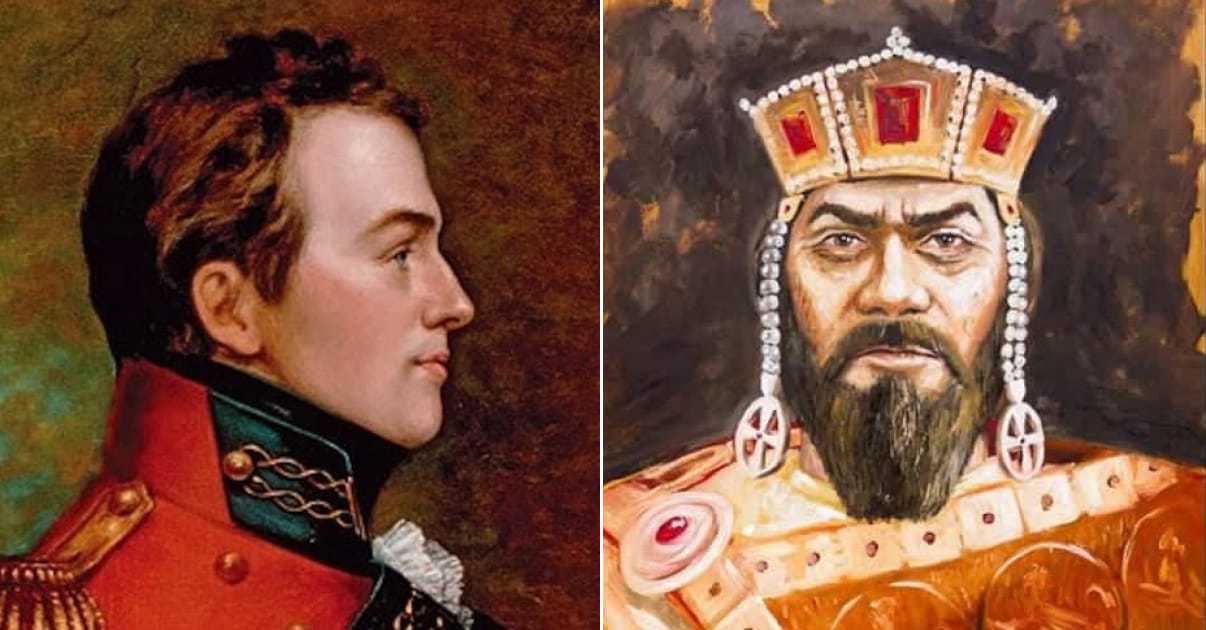I have previously written two articles on great unknown commanders but the truth is, there are hundreds more that have achieved great things but barely receive a cursory mention in the average history book. Previous editions focused on legends such as Belisarius, Suvorov, Narses, and Khalid ibn Al-Walid. In the second article, there were complaints about its Eurocentric nature and while there will be a few European commanders in Part III, I also look at great military minds from all over the world.
There are many things that make a great commander; ranging from innovative tactics to earning the trust of your men. However, the true legends find a way to win when their backs are against the wall and defeat seems certain. It is in these moments when the best commanders come to the fore, rally their troops, and spot an enemy mistake in the heat of battles. As you’ll see in this article, some of these great military minds also used their abilities to gain supreme power.

1 – Hammurabi (1810 – 1750 BC)
During his 42-year reign, the Babylonian king, Hammurabi, conquered Mesopotamia. Along with his military brilliance, he is also known for the Code of Hammurabi, a set of laws once believed to be the oldest in human history. He became the sixth king of Babylonia in 1792 BC and while his father, Sin-Muballit, was unable to expand the kingdom, Hammurabi, succeeded where his predecessor had failed and transformed Babylonia into one of the greatest kingdoms in the ancient world.
Sin-Muballit was desperate to conquer the city of Larsa but was defeated by King Rim-Sin I. It is likely that the monarch was ‘encouraged’ to abdicate in favor of his son. Hammurabi initially didn’t give Larsa any reason for concern as he spent the first years of his reign continuing his father’s successful public works program. The new king also oversaw a new project which increased the size and height of the city’s walls. The Code of Hammurabi was introduced in 1772 BC and the king ensured that his people were well taken care of with an improvement in the irrigation of fields.
What his rivals didn’t know was that Hammurabi was biding his time. As well as improving the city’s defenses, the king was strengthening his army and getting ready for a campaign south to conquer Mesopotamia. This campaign probably started in around 1787 BC and he conquered the cities of Erech and Isin which were previously held by Rim-Sin. He fought Larsa the following year but instead of pushing on, Hammurabi seemed content with his initial conquests south because from 1784 BC onwards, he focused on the east and northwest.
A stalemate of sorts remained in place for approximately 20 years. While rival kingdoms such as Ashur, Mari, and Eshnunna went through periods of changing government, Babylon remained stable and Hammurabi used the time to fortify a number of cities north of the kingdom. From 1764 BC until his death, King Hammurabi was involved in almost constant warfare, and it was then when he showed his military prowess. He conquered Larsa within a couple of years and turned his attention to the east.
Hammurabi attacked and destroyed long-time ally, the state of Mari, in 1761 BC and Babylon defeated Ashur a few years later, followed by Eshnunna in 1755 BC. While he absorbed conquered cities into the kingdom, Hammurabi elected to destroy Mari because it was a rival for the title of ‘greatest Mesopotamian city’. The king became sick in his later years and by the time of his death in 1750 BC, his son, Samsu-Iluna, was effectively the leader of the Babylonian kingdom. During his reign, Hammurabi turned Babylon from a thriving city-state into the undisputed leader of ancient Mesopotamia.

